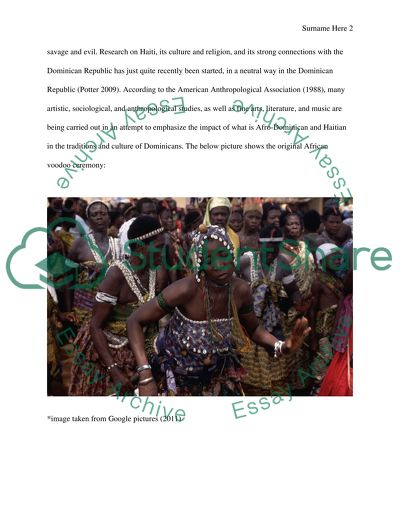Cite this document
(“A Catholic Voodoo: The Uniqueness of Dominicans Religion Research Paper”, n.d.)
A Catholic Voodoo: The Uniqueness of Dominicans Religion Research Paper. Retrieved from https://studentshare.org/history/1586714-dominacans
A Catholic Voodoo: The Uniqueness of Dominicans Religion Research Paper. Retrieved from https://studentshare.org/history/1586714-dominacans
(A Catholic Voodoo: The Uniqueness of Dominicans Religion Research Paper)
A Catholic Voodoo: The Uniqueness of Dominicans Religion Research Paper. https://studentshare.org/history/1586714-dominacans.
A Catholic Voodoo: The Uniqueness of Dominicans Religion Research Paper. https://studentshare.org/history/1586714-dominacans.
“A Catholic Voodoo: The Uniqueness of Dominicans Religion Research Paper”, n.d. https://studentshare.org/history/1586714-dominacans.


